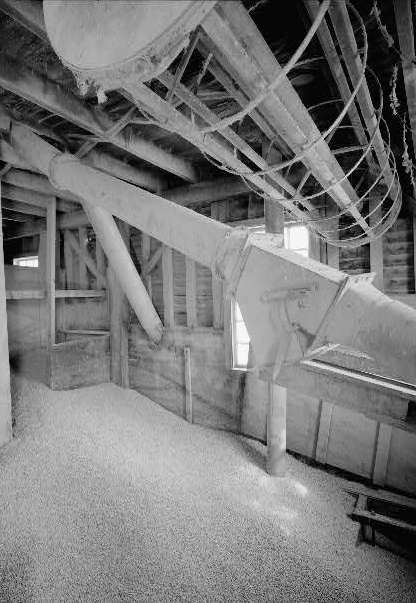Alexander's Grist Mill

The Ohio & Erie Canal, which was completed in 1827, allowed farmers in the Cuyahoga Valley to easily ship grain and other products to the growing markets in Cleveland and Akron. Water spilling over the canal's locks also provided a new source of power for mills and factories. Water from Lock 37, in present-day Valley View, powered the millstones of Alexander's Mill, which Andrew and Robert Alexander constructed in 1855 to serve local farmers. Now an Ohio & Erie Canal National Historic Landmark, Alexander's Grist Mill is the last surviving grist mill in Cuyahoga County.
In 1860, Ohio contained over 1,200 grist mills, although the remains of less than twelve existed as late as 1970. Grist mills ground grains such as wheat, oats, rye, and barley into flour and meal. Custom mills, such as Alexander's mill, depended on the seasons and harvest, and often processed grains for individual farmers and farm families.
Thomas and Emma Wilson, who had many years experience grinding oats, corn, rye and bran, purchased Alexander's Mill in the fall of 1900. The Wilson family expanded production at the mill, from which they sold wheat, rye, flour, scratch feed, and shelled corn. The mill, now known as Wilson Feed Mill, survived the valley's devastating 1913 flood which destroyed much of the canal. With a new water-power lease agreement to continue using Lock 37, the Wilsons resumed operations. By 1920, the Wilson family was selling flour and grains to larger commercial bakers and restaurants in Cleveland.
Today, visitors to Wilson Feed Mill can see vestiges of the mill's long history, including the water-power system's head-gates and turbines, in use until 1970. Thomas Wilson's descendants still manage the mill today, which continues to operate as a popular valley business, selling animal feed and other farm products.
Audio
Images





